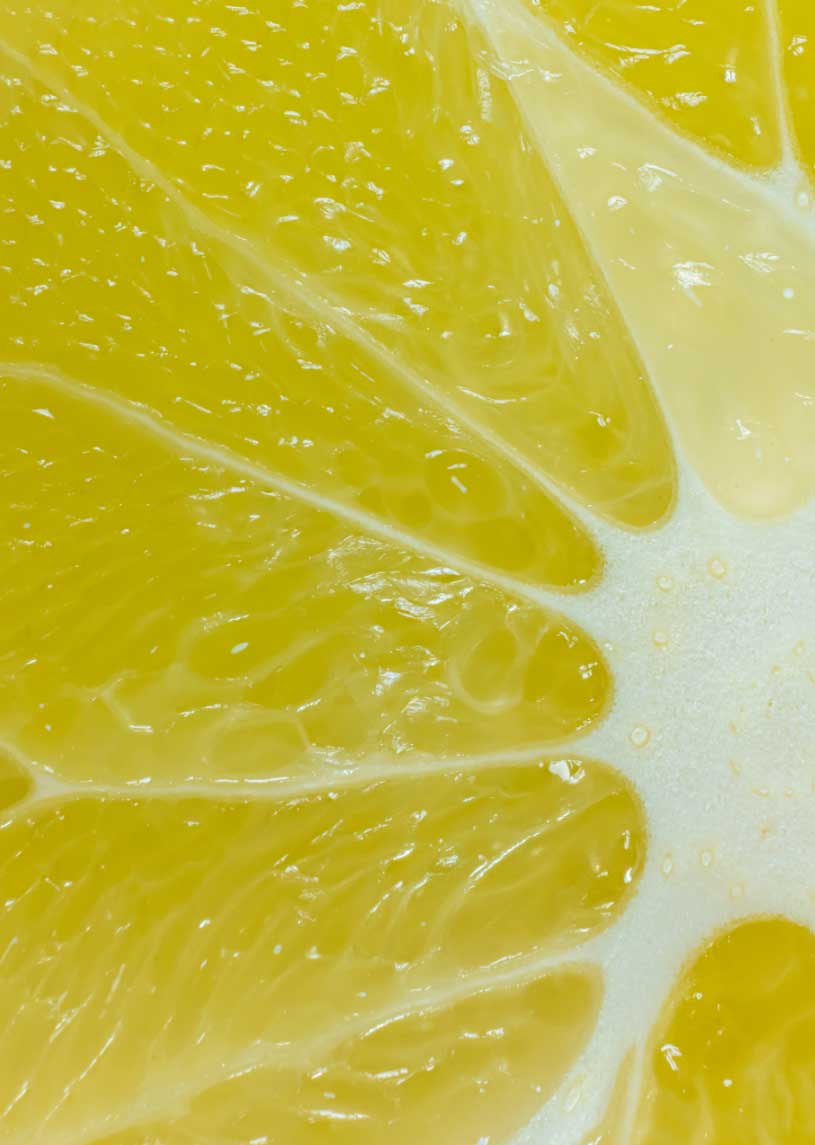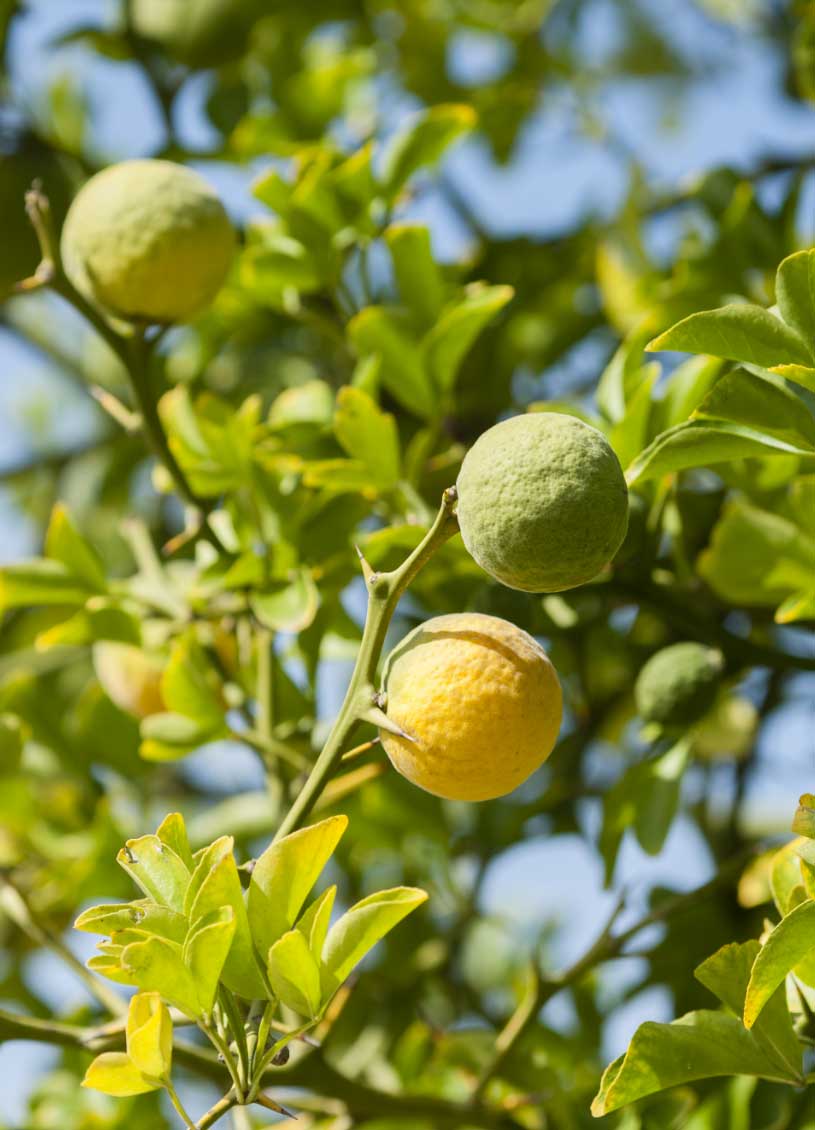
FROM BERGAMOT JUICE, THE NATURAL SOLUTION FOR CARDIOVASCULAR HEALTH
Why choose bergavit™
BERGAVIT™ is a powder extract obtained from the bergamot juice (Citrus aurantium L. var. bergamia) rich in flavonoids.
Thanks to the standardized content of flavonoids, BERGAVIT™ supports healthy cardiovascular function and supports normal cholesterol levels.
SUGGESTED DOSAGE 150 MG OF FLAVONOIDS - CORRESPONDING TO 550-600 MG/DAY OF BERGAVIT™

health benefits
bergamot
Characteristics, plant life cycle and seasonality
Bergamot, a name that appears to derive from the Turkish word “bey armudu” (“lord’s pear tree”), is a fruit tree that can reach 3 to 4 meters in height, characterized by a straight trunk and a grayish bark. The bergamot tree has leathery, glossy, lance-shaped, deep green leaves with thorns at the base, white flowers with an intense fragrance, and orange-like fruits, round in shape with a smooth, thin peel and a sour, bitter taste. These particular fruits have a greenish peel that turns yellow when fully ripe, usually from November to March, while the flowers ripen between March and April.
The productive life of a bergamot is about 25 years, the fruit production begins at the age of three with a maximum productivity at 8 years. The scientific name of Bergamot is Citrus Bergamia Risso, belonging to the Rutacee family, and it seems to have originated in Turkey. Nowadays, its cultivation in Italy is mostly limited to the Ionian Sea coastal areas of Calabria, in the province of Reggio Calabria, characterized by an ideal microclimate and fertile, deep, well-drained soils. Moreover, bergamot has three cultivars, Fantastico, Femminello, and Castagnaro, which differ mainly in the fruits.
The first one is often preferred to the other two because it produces more fruit rich in essential oils, the Femminello has fast growth but smaller fruit and the Castagnaro is vigorous, long-lived, and more resistant to the wind.


About bergamot
Uses, traditions and folk medicine
Bergamot seems to have appeared for the first time in Calabria between XIV and XVI centuries. The first bergamot was planted near Reggio Calabria in 1750 by Nicola Parisi who started the first intensive cultivation of bergamot trees to extract the essential oil from peel fruits. In 1680, Gianpaolo Feminis emigrated to Cologne and formulated the “aqua admirabilis”, today known as Cologne water, using the bergamot essential oil and other essences. From then on, bergamot remained a key ingredient in perfume formulation.
In addition to its importance in the perfume industry, bergamot is a fruit that boasts many health benefits. Indeed, it is rich in vitamins (C, B1, B2, E) mineral salts, flavonoids, and pectin. Thanks to this rich composition, bergamot has antioxidant, antibacterial, antimicrobial, and antiseptic properties and can be used in cosmetics to improve the beauty of skin and hair. Moreover, it has been traditionally used for the immune and cardiovascular systems and for eye health. Despite its sour taste, bergamot is often used in cooking for salads and fruit salads. Its juice can be drunk in combination with other citrus juices or to make jams. The peel is used as a flavor enhancer in fish or vegetable dishes and in bakery products to make special pastries and creams.
